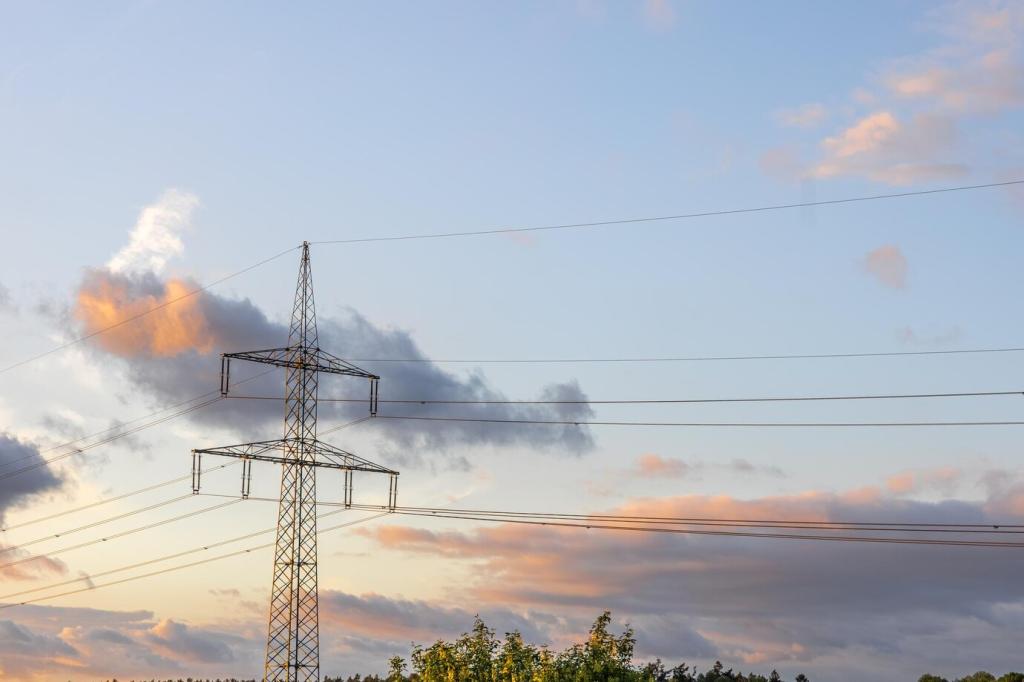Citywide Orchestration in a European Port: From Grid Strain to Smooth Charging
Public chargers clustered near commuter hubs created synchronized evening peaks that pushed two substations beyond safe operating margins. Residents reported queues after work, while operators feared costly upgrades. The municipality needed a solution aligning human charging patterns with grid breathing room, without sacrificing convenience or affordability.
Citywide Orchestration in a European Port: From Grid Strain to Smooth Charging
Operators adopted OCPP for charger control, OpenADR for demand response signals, and feeder-level telemetry for predictive load shaping. A scheduler staggered sessions using state-of-charge, departure times, and feeder headroom. Drivers opted into a simple app with “ready by” preferences, swapping friction for confidence and consistently available charging spots.
Citywide Orchestration in a European Port: From Grid Strain to Smooth Charging
Transformer overload alarms dropped by 87%, evening feeder peaks fell 22%, and average wait times disappeared. One nurse shared she now plugs in at 18:30 and always finds a spot, with the app finishing by 21:00. Comment if you want the scheduling algorithm breakdown or subscribe for the full technical playbook.
Citywide Orchestration in a European Port: From Grid Strain to Smooth Charging
Lorem ipsum dolor sit amet, consectetur adipiscing elit. Ut elit tellus, luctus nec ullamcorper mattis, pulvinar dapibus leo.










